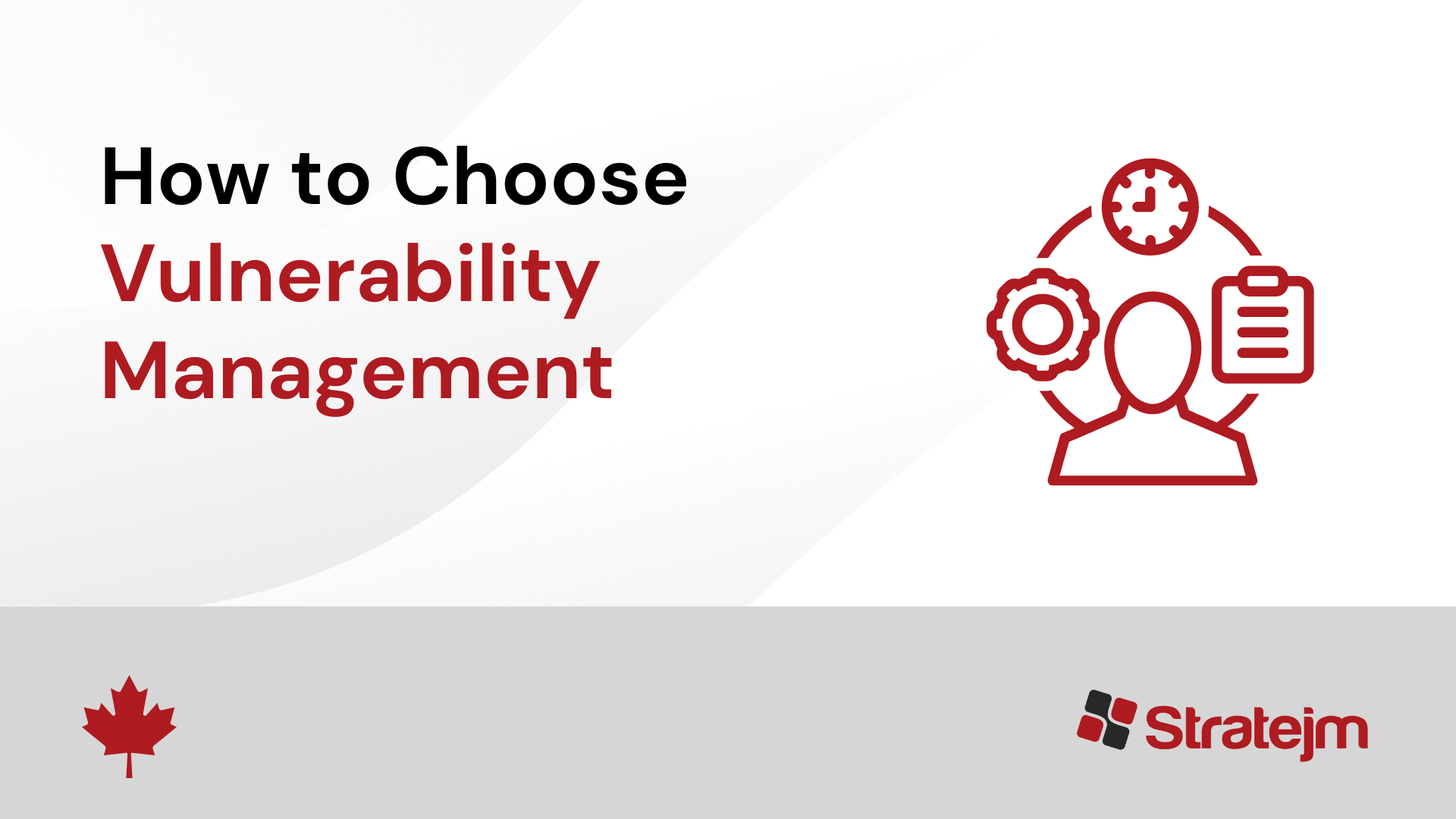
How to choose vulnerability management
In the modern era, businesses now rely on network environments that are impossibly complex and difficult to fully grasp.
The proliferation of things like remote access and IoT have made it so that vulnerabilities can exist even in seemingly secure and impenetrable applications and platforms.
As a result, modern companies have had difficulties identifying and monitoring security flaws within their own infrastructure. This is where risk-based vulnerability management (RBVM) solutions come in.
These tools seek to solve the problem of patching and vulnerability management by automating many of the time-consuming and inefficient processes associated with identifying risks in a network.
Read on to find out more about vulnerability management solutions and how to select the right one for your organization:
What is Vulnerability Management?
The vulnerability management process allows an organization to identify, evaluate, remediate and report on security vulnerabilities in an organization’s network & operating systems.
With this in mind, vulnerability management systems provide the means to automate this process by using security tools like vulnerability scanners and endpoint agents. These tools are used to gather network data, which is then used to identify vulnerabilities and identify the associated risk posed by each one.
In recent years, vulnerability management has grown in importance due to the rising threat and severity of cyber-attacks along with growing pressure from regulatory agencies like PCI DSS, HIPAA and NIST 800-731.
However, this term is often used interchangeably with patch management. Instead, the decision on whether or not to patch a system falls within the broader context of vulnerability management as a whole.
In fact, vulnerability assessment is much more than just patching systems – It requires a holistic view of the network in order to make informed decisions about which vulnerabilities should be addressed first.
It is a comprehensive process that is designed to continuously identify, evaluate, classify, remediate and report on security vulnerabilities.
Vulnerability Management Process – Explained
Most organization’s with a mature risk management strategy will typically incorporate a vulnerability management cycle that involves the following steps:
Asset Discovery & Identifying Vulnerabilities
One of the key vulnerability management tools is the vulnerability scanner. These security tools identify a variety of systems running on a network, including endpoints, servers, databases, firewalls, switches, and more.
These systems are then scanned for various attributes like the operating system used, open ports, installed software, file system configurations and more.
This information is then used to associate known vulnerabilities to systems using a vulnerability database that contains a list of all publicly known vulnerabilities.
Prioritizing/Evaluating Vulnerabilities Based on Risk
Once vulnerability scanning has detected all the vulnerabilities that exist in your system, they now need to be dealt with appropriately in accordance with your organization’s risk management strategy.
Most vulnerability management systems will provide different risk ratings and scores for vulnerabilities. A popular example is the common vulnerability scoring system (CVSS) – used to help organizations decide which vulnerabilities to tackle first.
It should be noted, however that the true risk of a given vulnerability depends on some other factors beyond out of the box ratings and automated prioritization.
Remediating Vulnerabilities
Once vulnerabilities have been identified and risks have been assigned, the next step is to get together with key stakeholders and determine how to tackle them.
In general, there are 3 different ways to deal with vulnerabilities:
- Remediate: Fixing or patching the vulnerability in a way that it can no longer be exploited. This is ideal.
- Mitigate: Lessening the likelihood that a vulnerability can be exploited or limiting its severity. While not ideal, this is better than nothing.
- Acceptance: Taking no action to mitigate or remediate the vulnerability. This can be justified when a vulnerability is deemed to be low risk
Things to Look for in a Vulnerability Management solution
-
Ability to Integrate with Existing Technologies
In recent years, we have seen that acquiring siloed technologies that do not integrate well with one another is a recipe for disaster.
Look for vulnerability management solutions that offer easy connectivity to a broad array of third party scanners, asset management database and other elements of your software stack.
This will allow you to automate inefficient, time consuming practices and drastically shorten time to remediation.
-
Cloud-Based Architecture
As your organization grows and evolves over time, it is almost guaranteed that greater levels of complexity will be added to your network over time through things like IoT and remote access.
In this scenario, the last thing you want is a VM tool that is difficult to maintain, scale, and doesn’t play nicely with your existing stack. This can potentially hinder your growth in the long run and represent a significant security vulnerability.
Cloud-based architectures circumvent this by scaling and providing resources as you need them. Additionally, the cloud also brings a wide variety of benefits, including automatic software updates always-on availability, and native integration with a wide variety of enterprise applications.
-
Advanced Prioritization
Modern vulnerability management solutions are tasked with analyzing greater amounts of data than ever before. This creates a high amount of false positives creating the need for effective, risk-based prioritization.
This can be achieved by leveraging things like AI and ML, both of which can spot hidden patterns in data that correlate with future threat activity, allowing you to see the actual risk of vulnerabilities based on historical trends, threat activity, and business value of assets in question.
Look for a vendor that is able to clearly explain how their prioritization approach works.
-
Risk-Based SLAs
SLAs have an important role in ensuring that high risk vulnerabilities are addressed as quickly as possible.
Taking a risk-based approach to SLAs further enhances the power of deadlines. Look towards a vendor who sets SLAs based on real-world threat and exploit data along with peer usage data.
-
Real-Time Analysis & Contextual Insight
Look for a vulnerability management solution that can automate the billions of data points being ingested while using models that are predictive of the likelihood of exploits and the impact of events.
Additionally, a modern vulnerability management solution should incorporate real-time threat and exploit feeds that are essential to understanding what is currently being exploited and to what degree.
This gives analysts the insight they need to factor attacker behaviour into their prioritization. The most advanced vulnerability management solutions incorporate data from an extensive array of sources to deliver a comprehensive picture of external threats
Interested in a Vulnerability Management?
The best way to know that you are implementing an effective risk-based vulnerability management program is by consulting with a managed security services provider who have the resources and expertise to help.
Stratejm has extensive experience implementing security programs in organizations of all shapes and sizes.
Contact us today to find out how we can help you improve your enterprise security posture.

